Root cellars are the original refrigerator. Back in the days before refrigerators were invented, homesteaders stored their produce, among other things, in the root cellar. They have been around for a very long time.
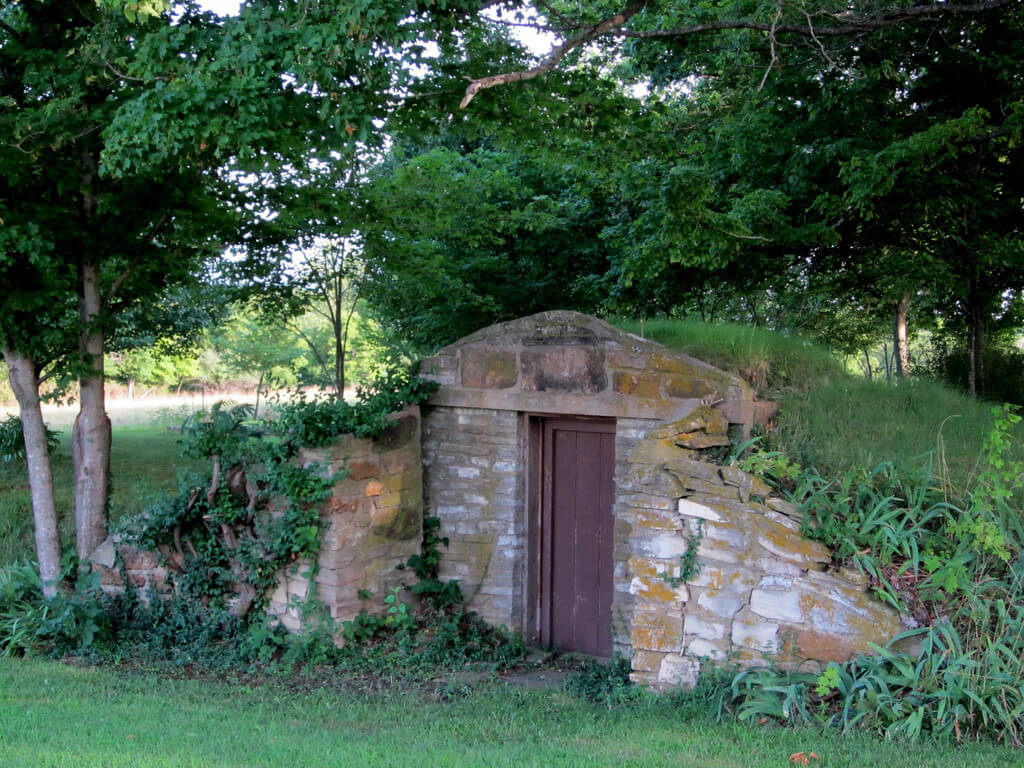
Many homesteaders still prefer letting the Earth’s natural coolness keep our vegetables fresh, rather than refrigerating.
Root Cellars: The Basics
Root cellars are underground storage for food. Even without any electricity, this method can keep food cool during the summer months.
The Right Temperature In Root Cellars
Depending on your location, a root cellar should remain somewhere around 42-52 degrees Fahrenheit with the humidity levels staying between 85-95%. The root cellar should be dark nearly all of the time, but not air-tight—good ventilation keeps produce healthy.
The Right Humidity In Root Cellars
The humidity level of a root cellar is critical—too low, and your produce will dry out and shrivel. Too high, and it could get moldy.
Related Post: Underground Greenhouse
Different fruits and vegetables stay fresh at various temperatures and require various levels of humidity. So, the right humidity for your root cellar may depend on what you plan to store down there.
Ventilation In Root Cellars
Some fruits and vegetables emit ethylene gas, which is what speeds up the ripening process. If the gas doesn’t have a way to escape, your produce will over-ripen and rot. Also, if a root cellar is sealed up too tight, the humidity will rise, and mold and mildew will grow. The bigger your cellar is the more vents you should have.
Related Post: Earth Sheltered Homes
The cellar I use is about 8×10 feet and has 3 vents that are about 4-5 inches in diameter. Two vents would work, but I wanted to be sure we had enough. One vent should be higher up in the cellar as to let the ethylene gas and stale air to escape. The other should be towards the bottom of the cellar, which allows the cool air to flow in.
How do you know if your vents are doing their job? Test the cellar for gas. Try one of these methods.
What Food Can You Store In A Root Cellar?
No, it’s not just for roots. Plenty of other foods will stay fresh—as long as they are sealed air-tight.
Smoked Meats: Smoked meats such as salami and pepperoni, just to name a couple, will keep extremely well in a root cellar as long as they are properly sealed. People started smoked meat in the first place to preserve it. It will keep if it’s stored in a cool place, so we’re not limited to refrigeration.
Fruits & Veggies: Root vegetables will keep the best, but many others will keep.
Condiments: Condiments, especially those containing vinegar— such as mustard, ketchup, mayonnaise, and hot sauce— will keep in a root cellar for just as long as they would in a refrigerator.
Related Post: Modern Underground Homes
Fresh Eggs: Long before refrigeration, farmers kept their eggs nice and fresh right in the root cellar. One of the tricks is to rub mineral oil on the shell before storage. That will help them keep for about a week.
If you’re not sure whether your egg is safe to eat, do the float test. Put the eggs in a bowl of water. If they float, they’re bad. If they sink, they’re good. If the eggs stand up, they’re on their way to being bad, and you should compost them.
Butter: Real butter will keep in the cellar just as it will in the fridge. Margarine, however, will separate due to the vegetable oil content. It’s a little easier to spread stick butter out of the cellar than it is out of the refrigerator.
Cheese: Cheese keeps well in a cellar. In fact, many cheeses are aged in cellars. Your cheese may get a little bit soft, but that’s perfectly okay.
Storing And Storage Containers
The containers you use are just as important as the ventilation, humidity, and temperature of your cellar.
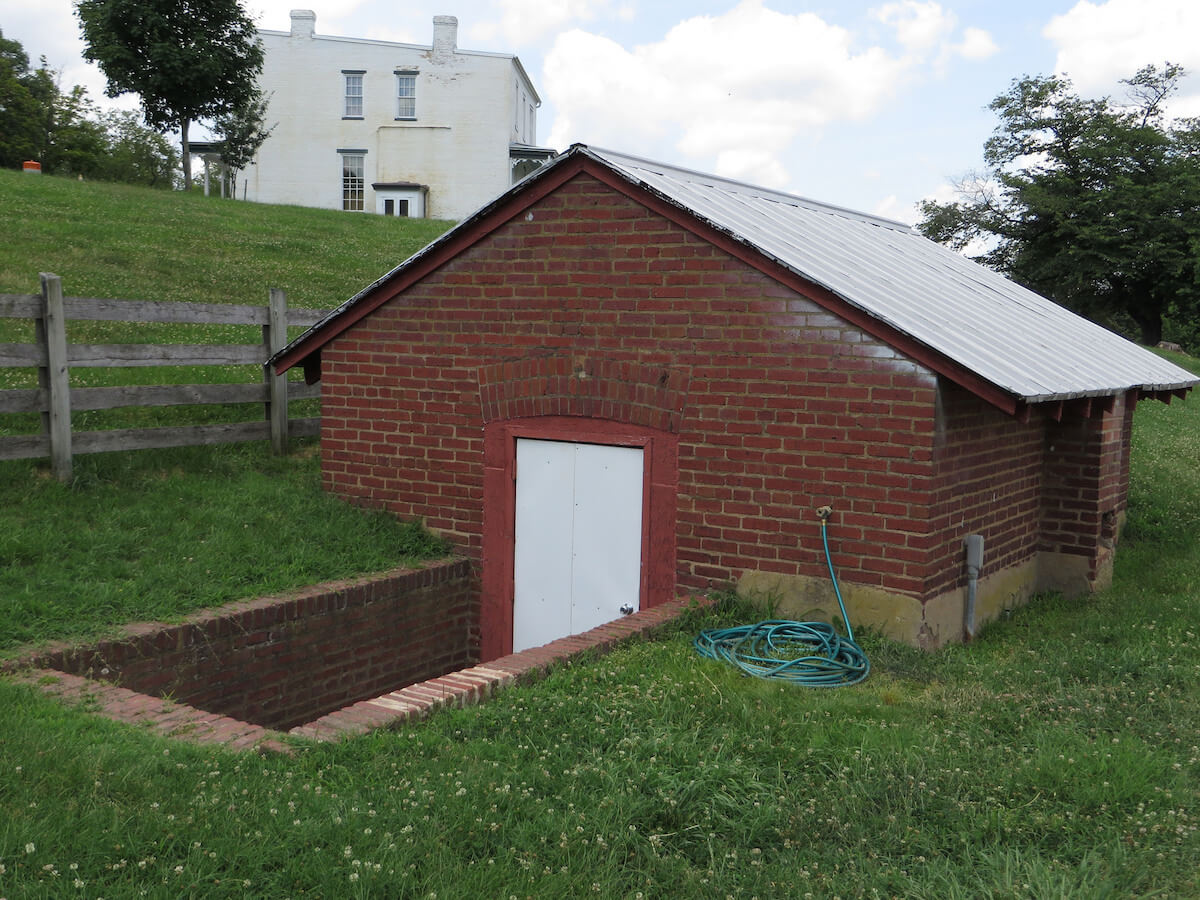
What Should I Use?
- My cellar has built in shelves for all of the canned goods and vegetables that require more airflow, such as squash and cabbage.
- Sand buckets or crates with sand work well. Simply layer your vegetables and sand like you would lasagna. The sand helps to hold in some of the moisture and cool air. This method is best for root vegetables that require high levels of humidity.
- Portable wooden crates are wonderful, because they can be moved around if necessary.
I’ve had better luck with wood containers than with plastic ones. Plastic can sweat, cause too much moisture, and mold. Plus, plastic containers break faster.
A Few Final Tips
I’ve picked up these tricks. They might help you.
- Store the best part of your crops. This produce is more likely to stay fresh.
- Don’t go crazy cleaning the produce. It’s fine to leave a little dirt on it.
- You can leave the stem and root on the fruits and vegetables, but be sure to remove the leaves.
- Take the time to learn about the produce you’re going to store. This will help you in the long run.
Related Section: Gardening
Root cellars are making a big comeback as homesteaders try to live a more energy-efficient lifestyle. Letting the Earth naturally cool more of your food doesn’t use any energy at all—and it may mean that you don’t need as big of a fridge or freezer.
If you have any questions, or use a root cellar and have some tips for others, please leave them in the comments.
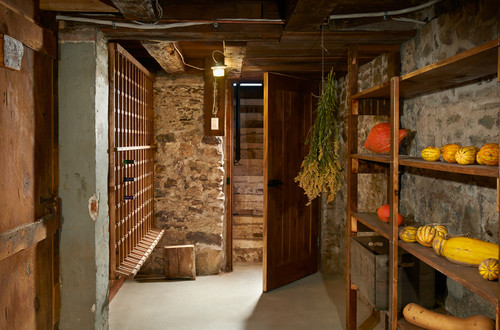
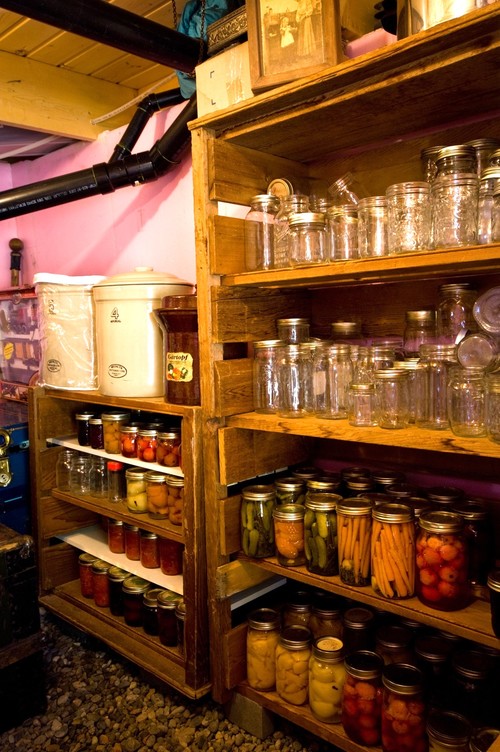
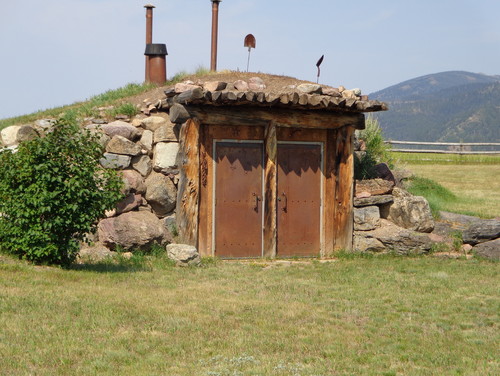




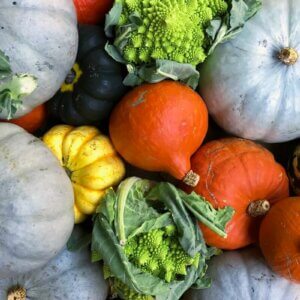



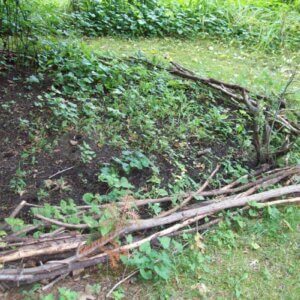

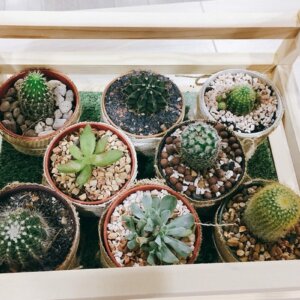




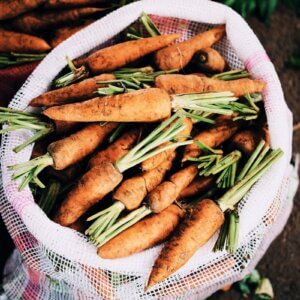




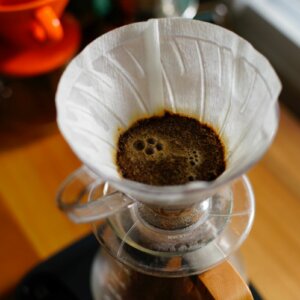



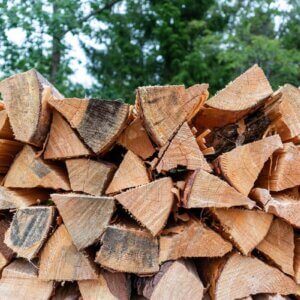
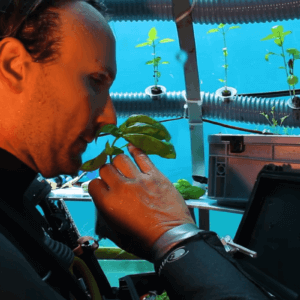




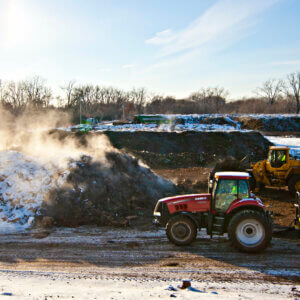

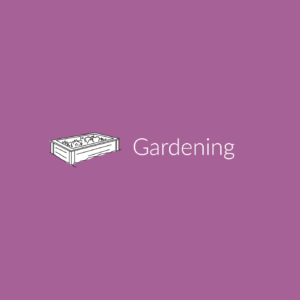


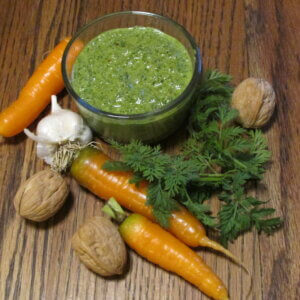




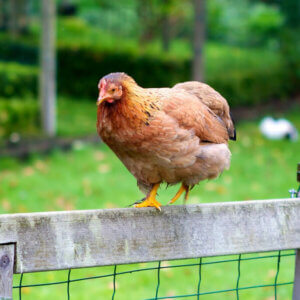

Hello…and thank you for your great posts.
Can I use an old refrigerator to store vegetables if I keep the temp at 45-50F?
Many thanks…
Hi!!! Thank you for reaching out! YES! You absolutely can use a refrigerator to store veggies in!